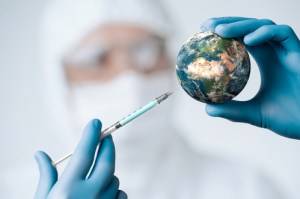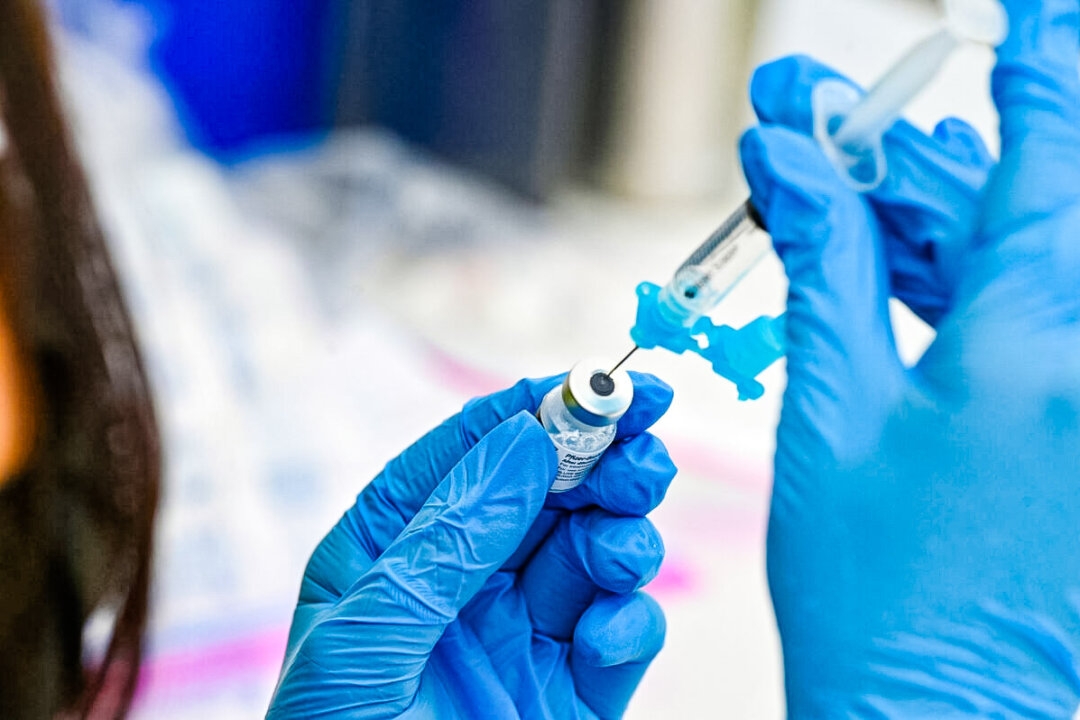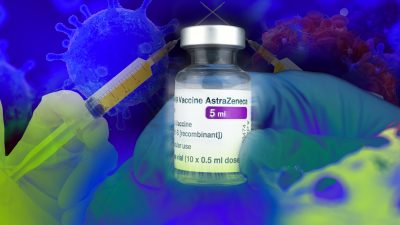“Vaccine-Derived” Polio on the Rise
The Global Polio Eradication Initiative (GPEI) last week reported that there have been a total of 22 confirmed cases of vaccine-derived polio paralysis, thus far, in 2019.
The latest two cases involve a person from Sichuan province in China and a person in Angola. Other evidence of circulating vaccine strain poliovirus type 2 (cVDPV2) has emerged with vaccine-derived polio cases identified this year in Nigeria (9), the Democratic Republic of the Congo (6), Somalia (3), Ethiopia (1) and Niger (1).1
Vaccine-derived polio occurs when a recently vaccinated person contracts vaccine strain polio or attenuated (weakened) poliovirus in the oral polio vaccine (OPV) is excreted or “shed” in saliva, urine and other secretions of a recently vaccinated person’s body and infects close contacts, who develop vaccine strain polio paralysis.2 3 4
As Barbara Loe Fisher of the National Vaccine Information Center (NVIC) noted in the 2014 report The Emerging Risks of Live Virus & Virus Vectored Vaccines: Vaccine Strain Virus Infection, Shedding & Transmission, the “widespread circulation of vaccine strain live polioviruses” can cause cases of “vaccine strain paralytic polio when live vaccine strain polioviruses mutate and revert to neurovirulence.”4
“Immunocompromised individuals are at special risk for vaccine strain polio paralysis and for chronic vaccine strain polio infection, shedding and transmission,” Loe Fisher said.4
According to the GPEI, there were 104 cVDPV2 cases in 2018 in Nigeria (34), Papua New Guinea (26), the DRC (20), Somalia (12), Niger (10), Indonesia (1) and Mozambique (1), compared to only 33 cases of “wild” polio caused by wild poliovirus type 1 (WPV1).1
In other words, last year there were more than three times as many people who were reported to have contracted polio from the live polio vaccine than from wild type polio.1
This problem of children or their close contacts contracting vaccine strain polio from the attenuated live-virus OPV still used in countries around the world has raised the level of concern within the GPEI that the OPV itself is producing new and more virulent strains of the paralytic disease.5
This may help explain the so-called “vaccine hesitancy” that the World Health Organization (WHO) has cited as one of the top 10 “threats to global health” in 2019.
It should come as no surprise that parents might be wary and want to avoid giving their children vaccines that are known to cause the very diseases they are designed to prevent.6
The GPEI is a public-private partnership involving national governments and five international organizations, including the WHO, Rotary International, the U.S. Centers for Disease Control and Prevention (CDC), the United Nations Children’s Fund (UNICEF) and the Bill & Melinda Gates Foundation.7
References:
Angola, Barbara Loe Fisher, Bill & Melinda Gates Foundation, CDC, Centers for Disease Control and Prevention, China, cVDPV2, Democratic Republic of the Congo, DRC, Ethiopia, Global Polio Eradication Initiative, GPEI, Indonesia, Marco Cáceres, Mozambique, National Vaccine Information Center, Niger, Nigeria, NVIC, OPV, oral polio vaccine, Papua New Guinea, Rotary International, shedding, Somalia, The Vaccine Reaction, UNICEF, vaccine hesitancy, vaccine strain polio, vaccine-derived polio, vaccine-derived poliovirus type 2, WHO, wild poliovirus type 1, World Health Organization, WPV1




